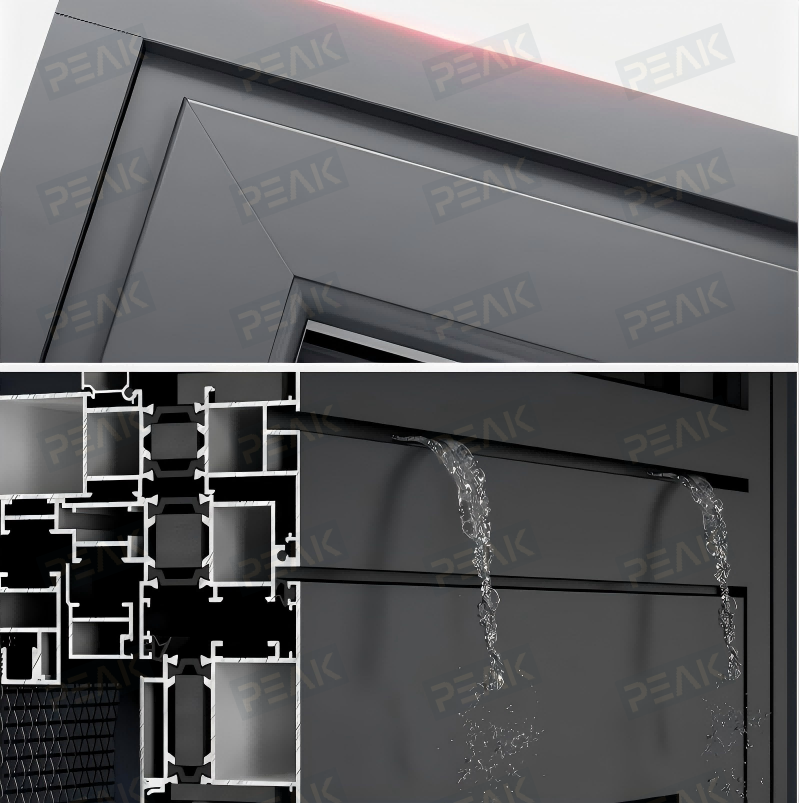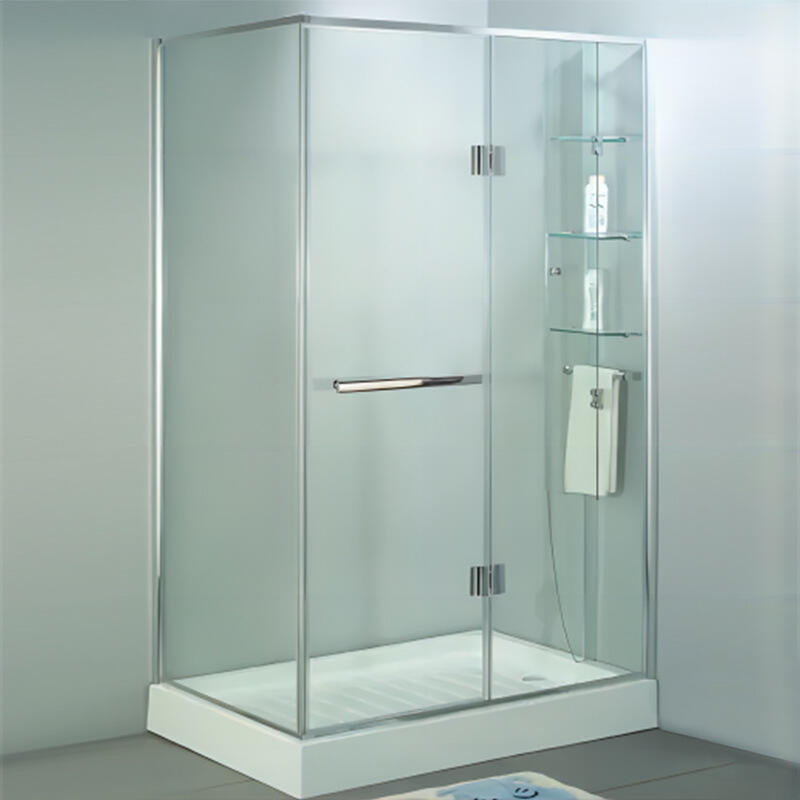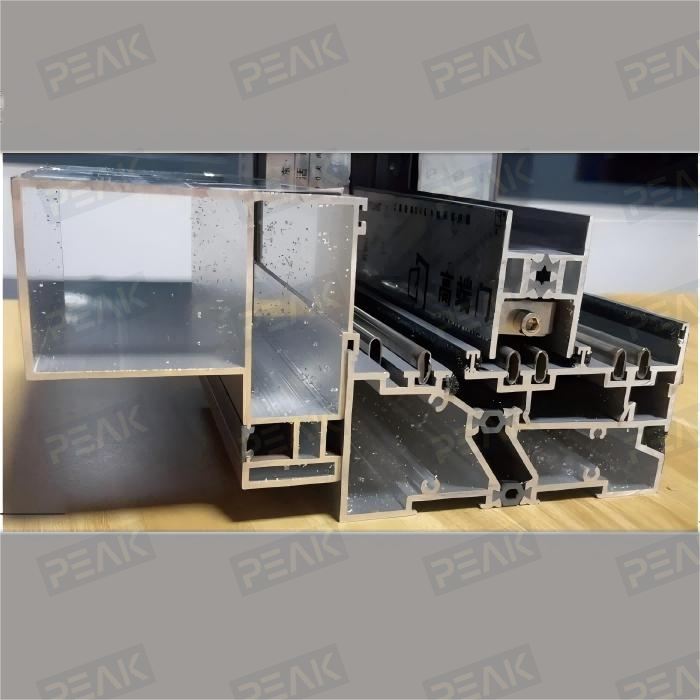thermal break aluminum doors and windows price for different types
Thermal break aluminum doors and windows represent a significant advancement in building envelope technology, with prices varying based on several key factors. Entry-level thermal break aluminum windows typically range from $200 to $400 per square meter, while premium options can cost $500 to $800 per square meter. Door systems generally start at $500 for basic models and can exceed $2,000 for high-end configurations. These systems utilize a polyamide strip between the interior and exterior aluminum profiles, creating an effective thermal barrier that significantly reduces heat transfer. The technology incorporates multiple chambers within the frame design, enhancing insulation performance while maintaining structural integrity. Different types include casement windows, sliding systems, tilt-and-turn windows, and various door configurations, each with specific pricing structures based on size, glazing options, and hardware quality. The manufacturing process involves precision engineering to ensure optimal thermal performance, with prices reflecting the complexity of design and materials used. Installation costs typically add 20-30% to the base price, varying by region and project complexity.


